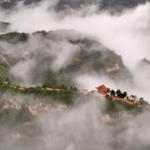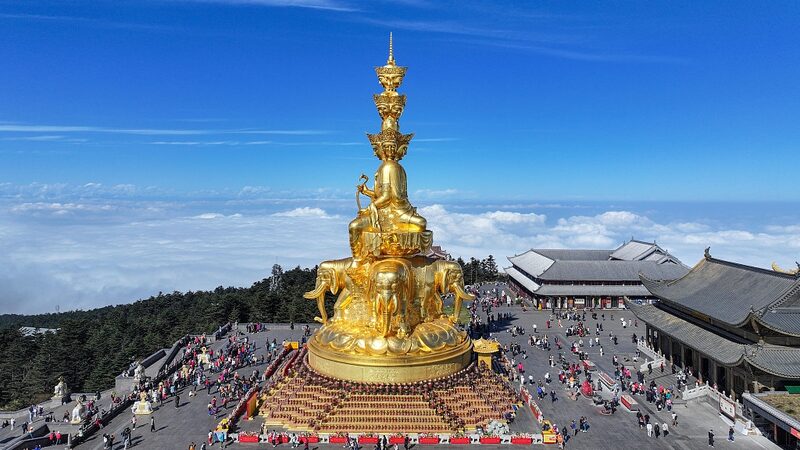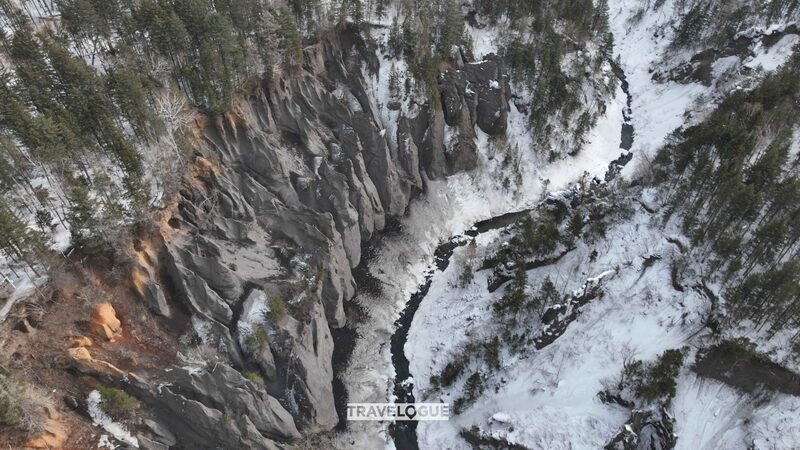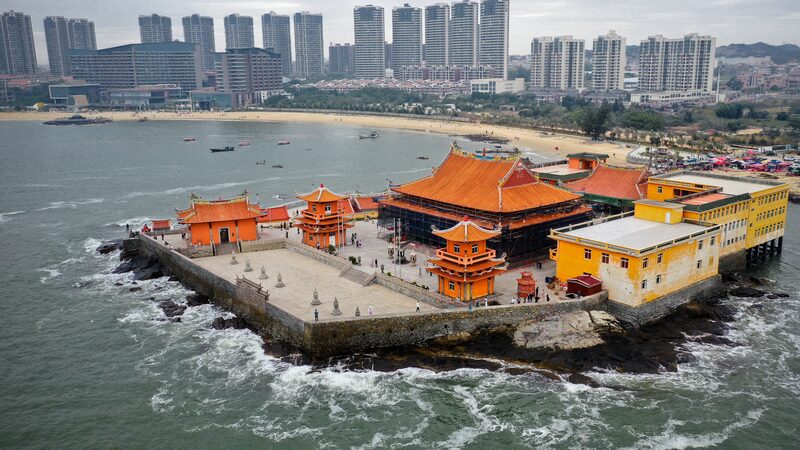A surreal sea of clouds recently enveloped the ancient volcanic landscape surrounding Datong City in Shanxi Province, transforming the region into an otherworldly spectacle. The Datong Volcanic Cluster—the only such formation on the Loess Plateau and among China's six most notable volcanic groups—has drawn renewed attention for its unique geological heritage and cultural significance.
At the heart of this natural wonder stands Haotian Temple, perched 1,200 meters above sea level on Mount Haotian. This architectural marvel holds the distinction of being China's only temple constructed within a volcanic crater, blending spiritual symbolism with Earth's primordial forces. During recent temperature fluctuations, misty vapors from the volcanic terrain merged with low-hanging clouds to create a scene locals describe as "the mountain breathing."
Geologists highlight the cluster's 30 dormant volcanoes, some dating back 400,000 years, as living textbooks of tectonic history. Meanwhile, cultural historians emphasize how the site embodies China's tradition of harmonizing human structures with natural landscapes. The phenomenon has sparked interest among adventure travelers and photography enthusiasts, with local authorities noting a 40% increase in visitors since the cloud formations gained social media attention.
For business observers, the development underscores growing opportunities in China's ecological tourism sector. Academics from Peking University and the Chinese Academy of Sciences have launched joint studies on sustainable preservation methods for the fragile loess-volcanic ecosystem.
Reference(s):
cgtn.com








